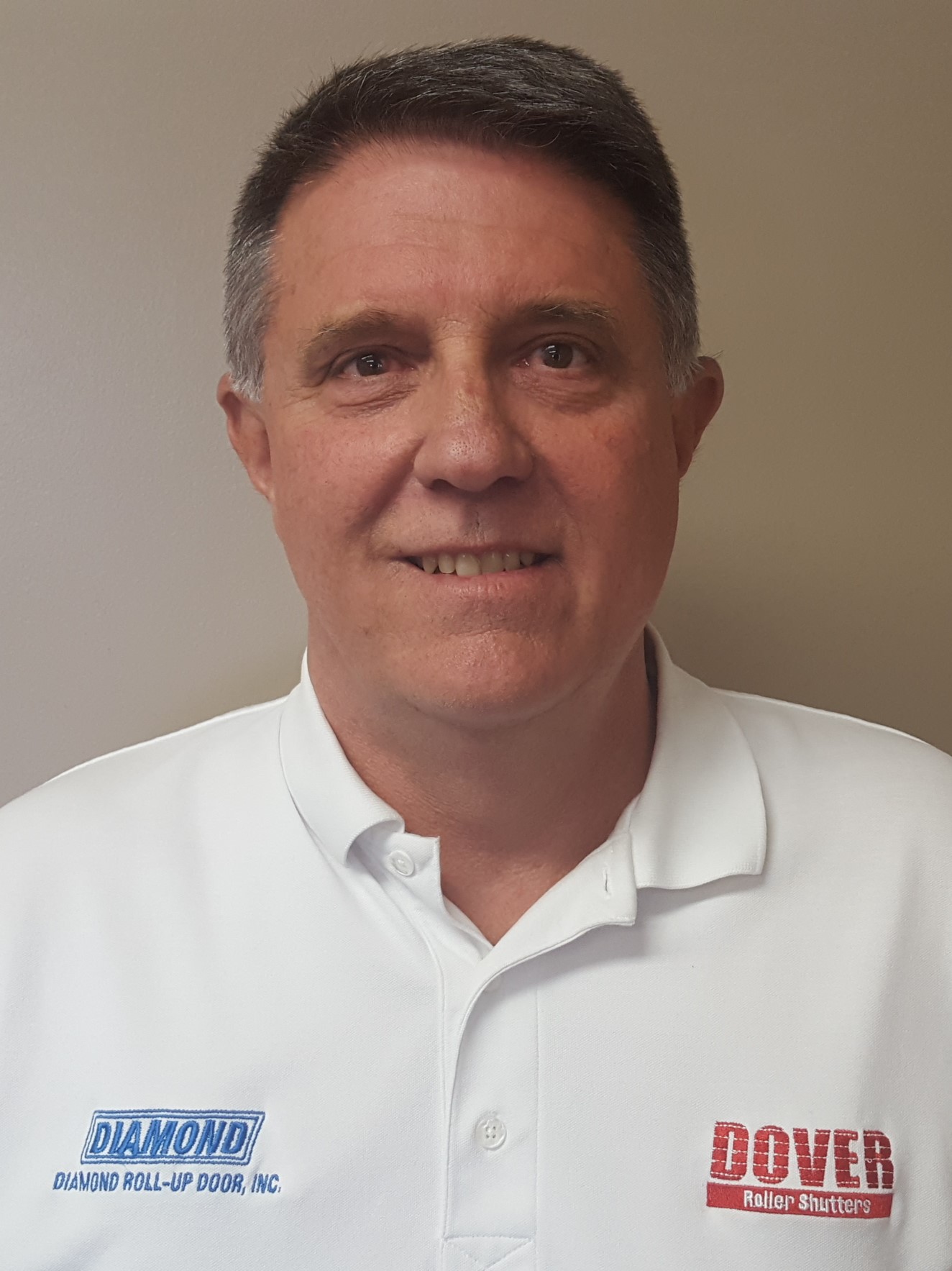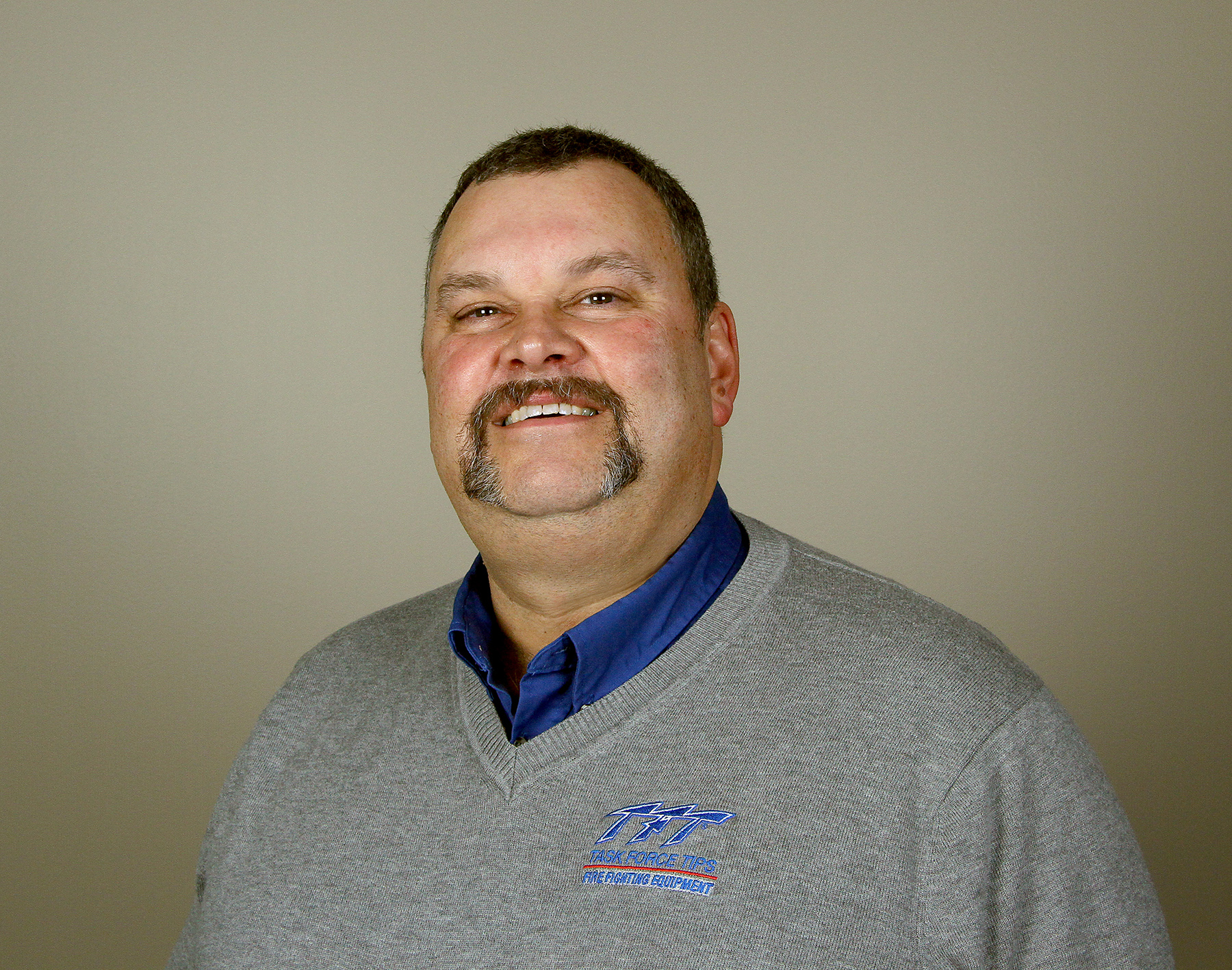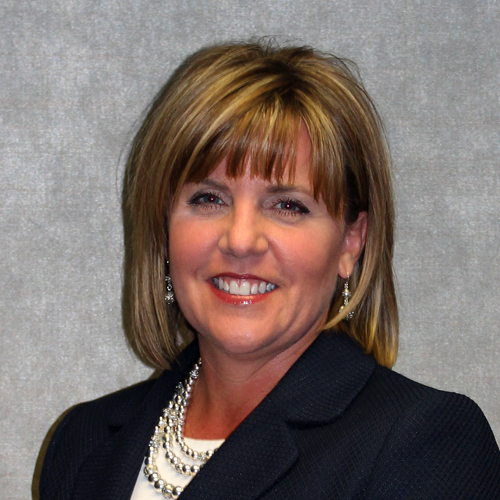Fire Apparatus Manufacturers’ Association (FAMA) member companies lead the industry in the use of roll-up doors for vehicle compartment access. The use of roll-up doors began more than 30 years ago when the roll-up door idea and product were brought over from England. Nearly 70 percent of the fire and emergency vehicles produced today use this technology. The main advantages roll-up doors have over swing-out doors include eliminating potential for damage when leaving a station with a high-side door open; easier compartment access; safer environment for both the operator and the vehicle; easier and quicker maintenance and repair; and, in most cases, lower overall costs for the vehicle manufacturers. This article will look at these advantages along with new safety and security features that were not available when roll-up doors were first introduced.
The latest revision of National Fire Protection Association (NFPA) 1901, Standard for Automotive Fire Apparatus, contains a new requirement aimed at firefighter safety when working on the top of an apparatus. Fire Apparatus Manufacturers’ Association (FAMA) member companies have been planning on how to best comply with the standard and are anticipating a transitional period while both the manufacturers and the apparatus purchasers work through the details of this new requirement. We hope that the guidance in this article helps in this transition.
Nearly two years ago, you may have read an article about pump intake valves in the May 2014 issue of Fire Apparatus and Emergency Equipment. In the article, I mentioned a work-in-progress, pump selection guide. Here is a quick recap and an update on where the guide stands today.
In recent years, motor vehicle manufacturer safety recalls have become ever more common. However, even with the notifications vehicle owners receive, Internet information, and media attention, completion rates for safety recalls are still surprisingly low. While the National Highway Traffic Safety Administration (NHTSA) has promulgated regulations and developed tools for vehicle owners that are intended to help improve recall completion rates, there still remains a large percentage of vehicles that are never remedied. This could mean that there is still a significant number of vehicles being operated on our highways that present a risk to the public.
Throughout the fire service industry, most fire departments, are aware that National Fire Protection Association (NFPA) 1901, Standard for Automotive Fire Apparatus (2016 ed.) and NFPA 1906, Standard for Wildland Fire Apparatus, (2016 ed.) became effective for all apparatus contracted on or after January 1, 2016. Members of the Fire Apparatus Manufacturers’ Association (FAMA) work hard to help develop these standards. While these standards are very important, they only apply to new apparatus. NFPA 1911, Standard for the Inspection, Maintenance, Testing, and Retirement of In-Service Automotive Fire Apparatus, is as important in that it provides guidance on how to ensure existing apparatus can continue operating in a safe and effective manner.
For the past 28 years, the Fire Department Safety Officers Association (FDSOA) Apparatus Specification & Vehicle Maintenance Symposium has been educating fire service personnel on the latest in fire and emergency vehicle topics. The Fire Apparatus Manufacturers’ Association (FAMA) cosponsors this event and provides many of the speakers. Traditionally held in Orlando, Florida, this year’s event moves to Scottsdale, Arizona, and will take place just prior to the 2016 FDSOA Annual Safety Forum. The new location provides more convenient travel for West Coast participants and will allow attendees to stay the full week, taking in the Safety Forum if they so wish.
I was educated by Catholic Jesuit priests most of my life. The Jesuits taught me at an early age to question everything….and believe me I have. Largely for that reason, I rely heavily on data driven decisions, more than anecdotal evidence in almost everything that I do. My wife Heidi likes to refer to me as “Quantitatively Quirky”, a term we coined together almost 20 years ago. Knowing the facts, just gives me a lot more confidence in my decision making process.
2015 was a busy year for the Fire Apparatus Manufacturers’ Association (FAMA) Ambulance Technical Committee. FAMA committee members work hard to advance the interests of both the emergency care provider and the patient as they relate to ambulance specifications, and there are several recent noteworthy changes. Whether and when each state will adopt these changes will likely be determined in the coming months.
National Fire Protection Association (NFPA) 1901, Standard for Automotive Fire Apparatus, and NFPA 1906, Standard for Wildland Fire Apparatus, are the guiding documents for apparatus design.
Every year, Fire Apparatus Manufacturers’ Association (FAMA) member companies show their products at a broad range of conferences, expositions, and trade shows throughout the United States and Canada.







